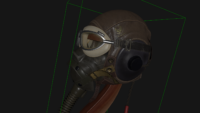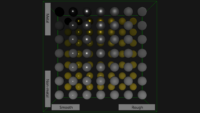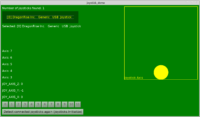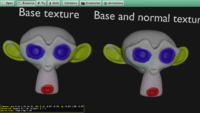 |
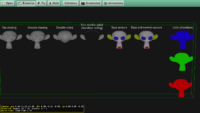 |
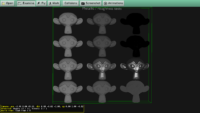 |
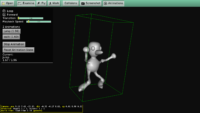 |
As a great Blender fan, I was unhappy that since Blender 2.8 release we lost some integration features between Blender and Castle Game Engine. So I decided to fix the situation, and upgrade the support to a new level 🙂
It’s not all finished yet, one more big feature will come (spoiler: skinning in glTF)! But I can already announce various improvements to what you can do. The documentation about exporting to Blender also contains an always-up-to-date instructions.
-
Our castle-anim-frames exporter is fixed now, to work with Blender 2.8.
castle-anim-frames can also now use the glTF format internally (instead of X3D) to export each frame.
Unfortunately the effect of castle-anim-frames+glTF is not perfect, because the generated frames are not “structurally equal”, so you will typically want to set “Frame Skip” to “zero”, otherwise animation isn’t smooth. But in effect the files will be huge…
A solution to the above will be support of skinning in glTF. Working on it!
-
I submitted Blender patches to fix X3D export with modifiers and fix X3D export of “backface culling”. They are in review now.
-
I created some Blender demos (to test exporting to glTF and castle-anim-frames), see https://github.com/castle-engine/demo-models/tree/master/blender . They nicely show that glTF exporter is really good (so we want to use it, and advise it as the best exporter) and already exports various things (like PBR, unlit, normalmaps) correctly to CGE.
-
We now support glTF unlit materials in Castle Game Engine and view3dscene (using glTF extension KHR_materials_unlit, used by Blender -> glTF exporter).
-
I submitted pull request to the Blender glTF exporter to fix exporting without “Skinning” (used by our castle-anim-frames exporter internally).
-
Finally, you can load animation from a set of static files using URL like
xxx@counter(3).objto loadxxx001.obj,xxx002.obj,xxx003.objetc. Blender exporter to Wavefront OBJ allows to export such animations.


